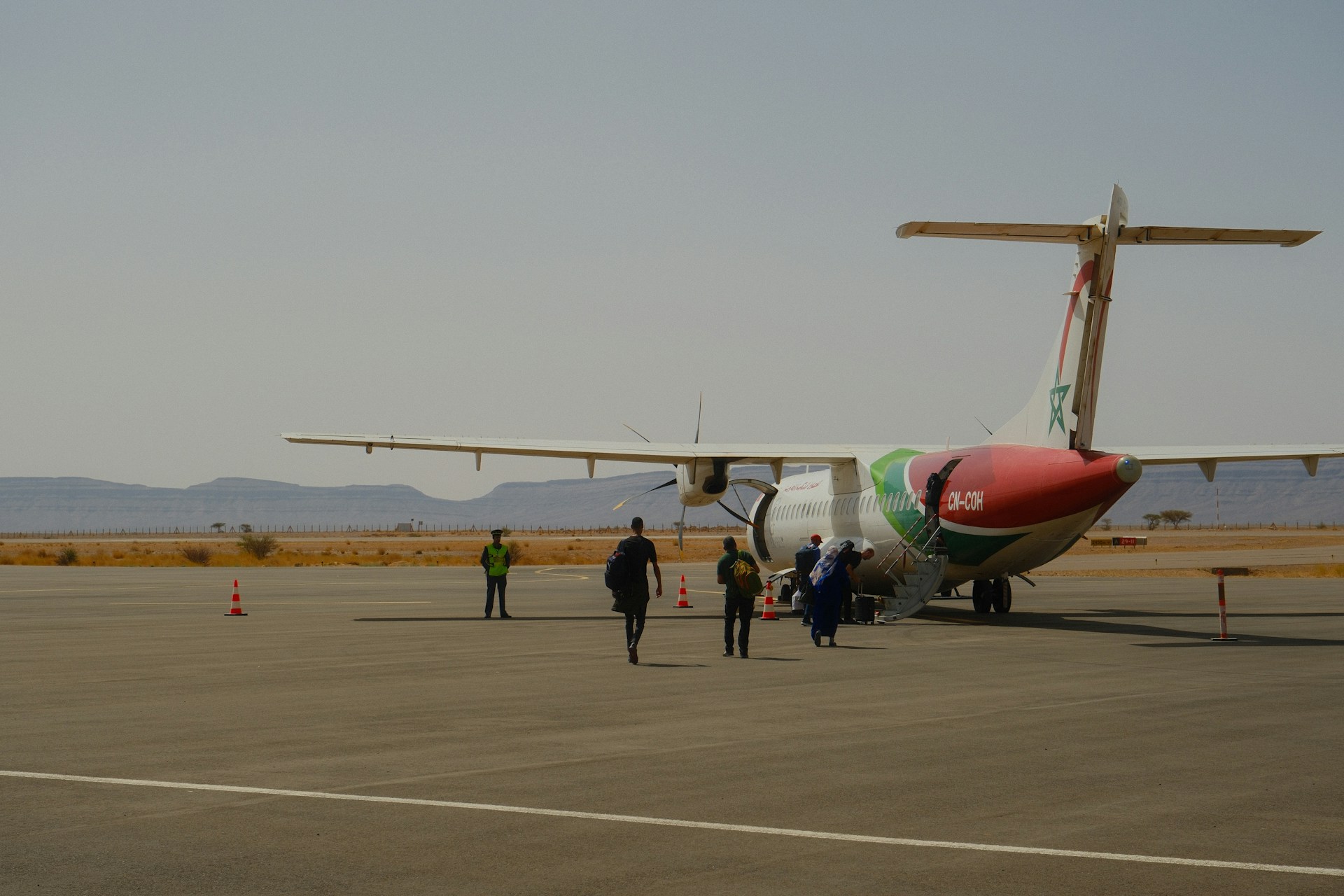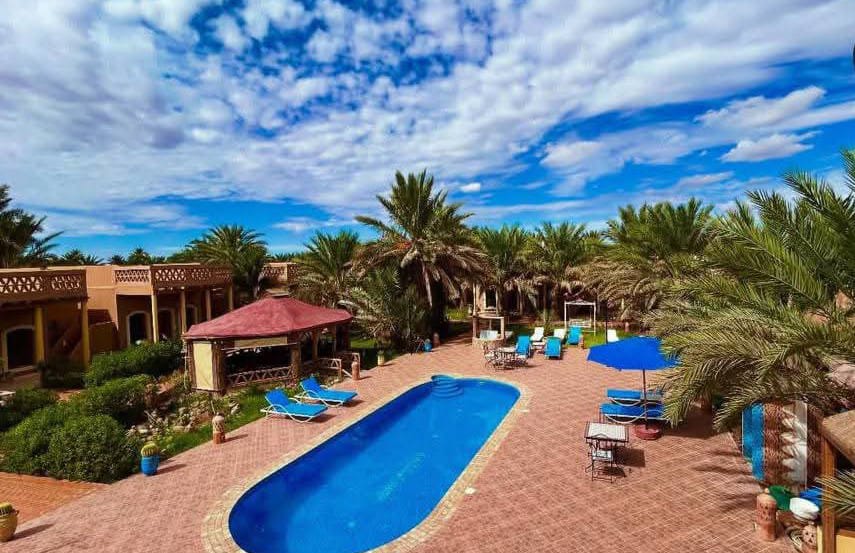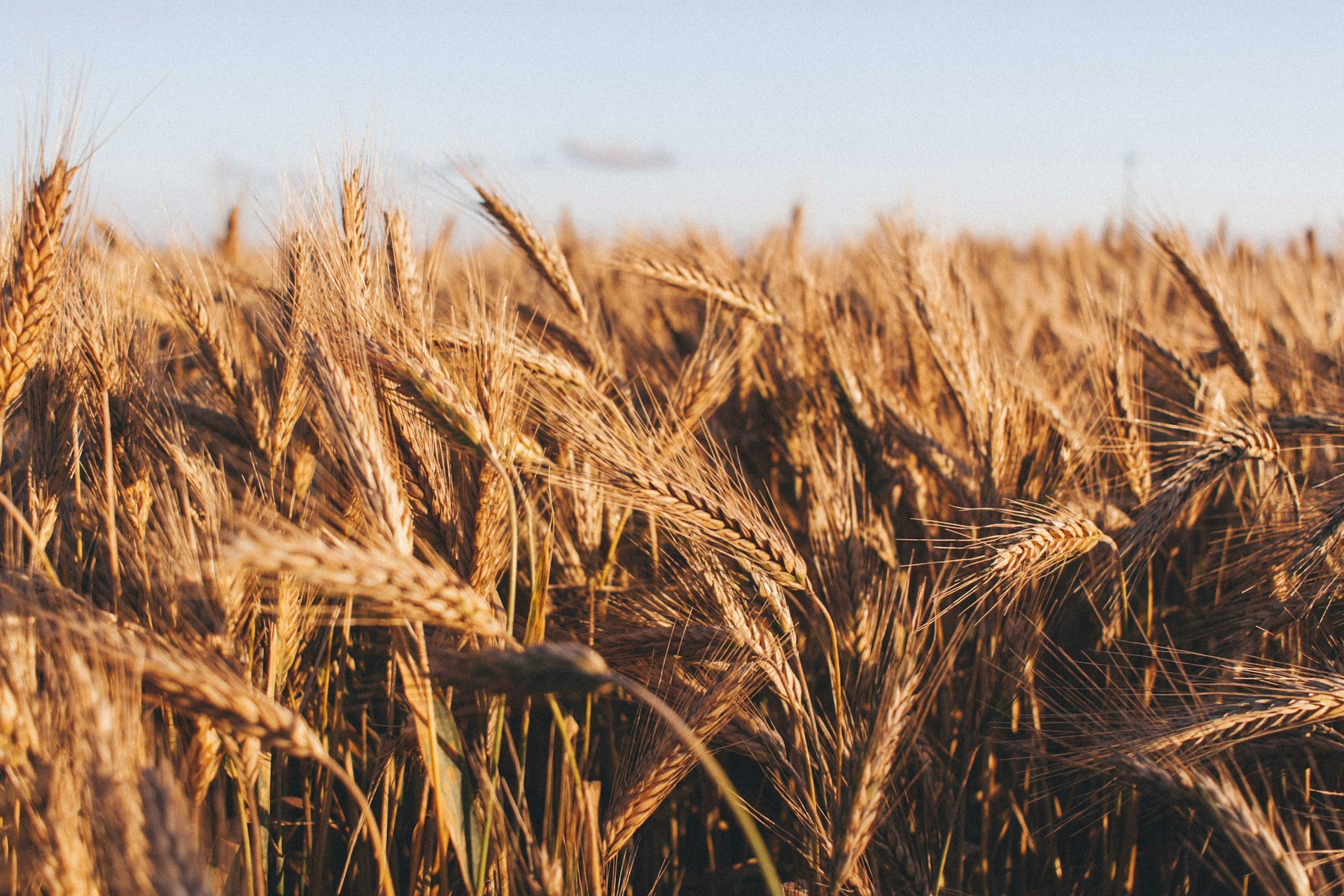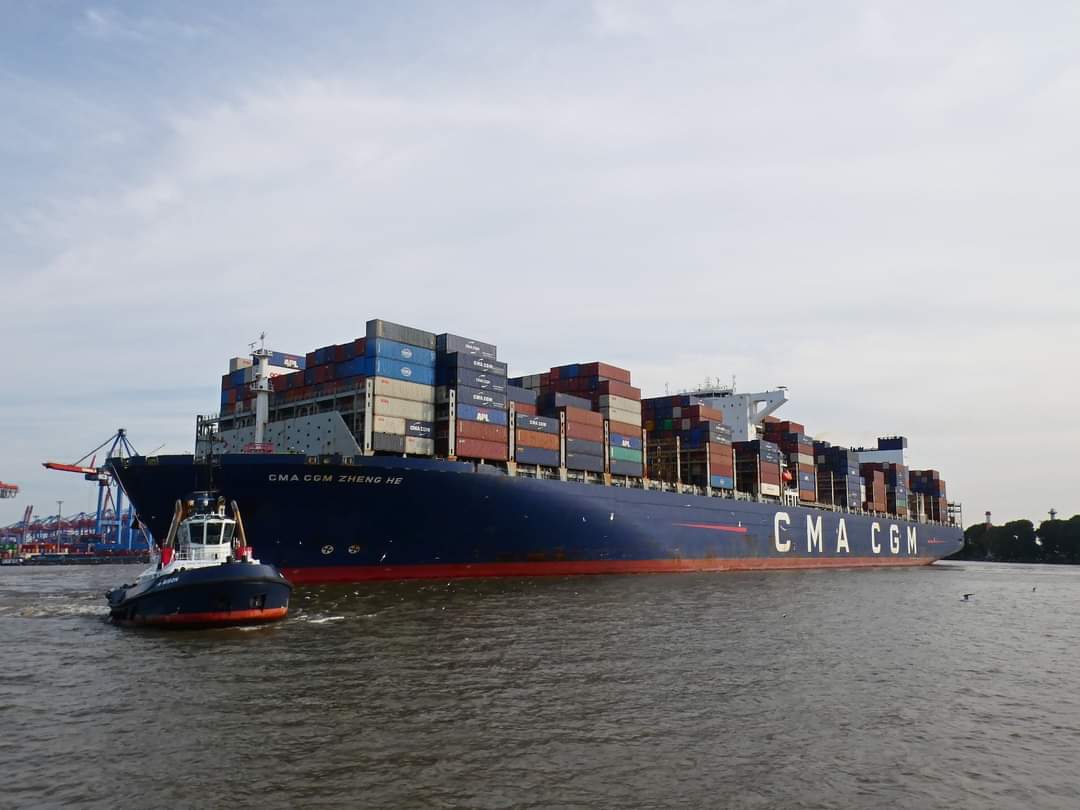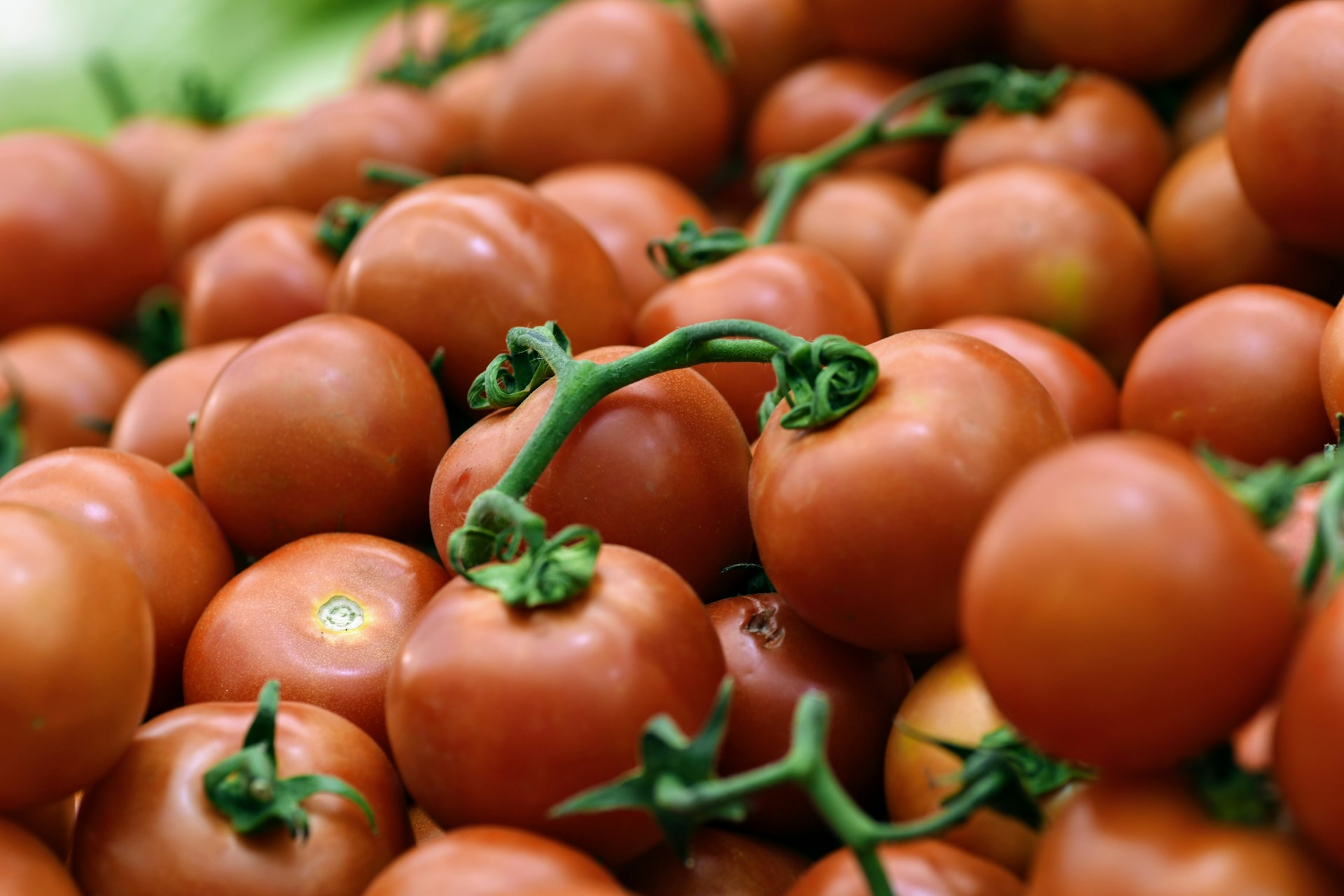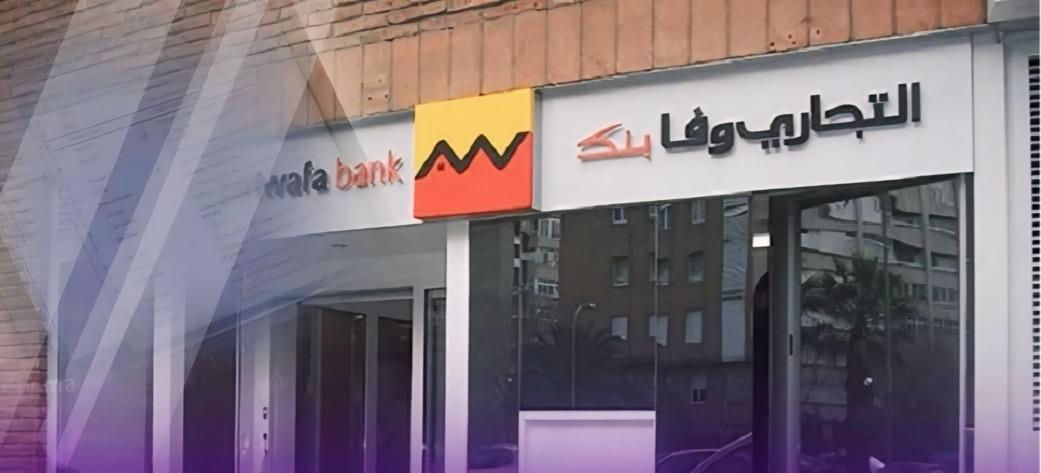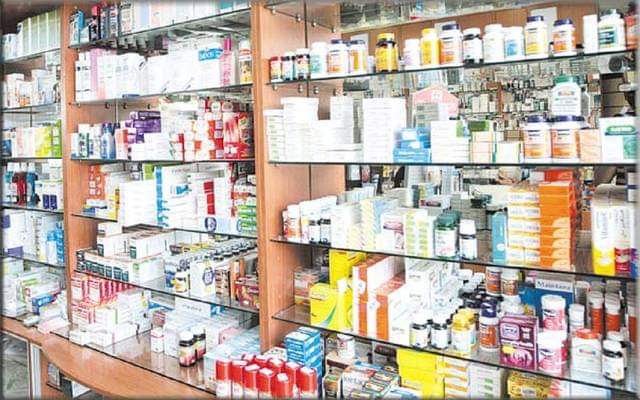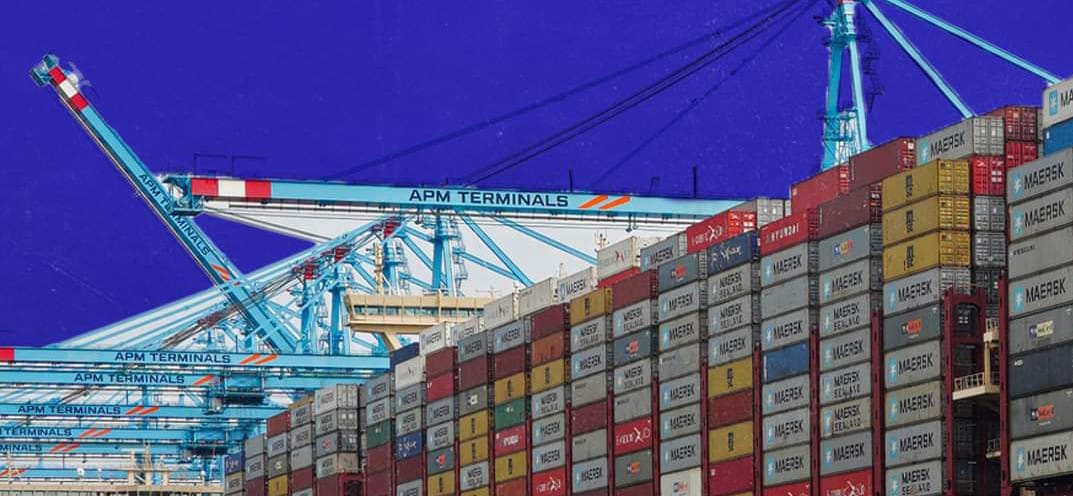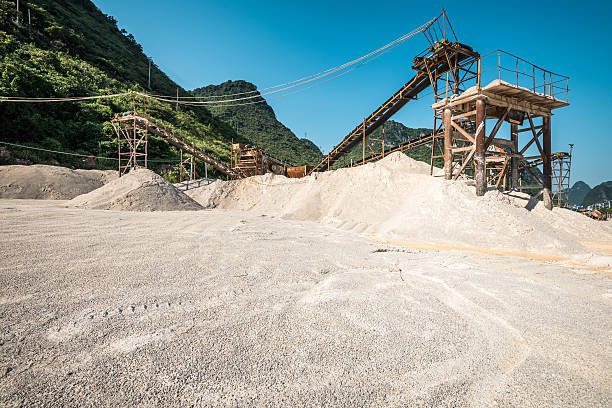Casablanca – The Eastern region of Morocco, strategically located at the crossroads of Africa and Europe, offers a diverse range of tourism attractions that make it a key destination for both domestic and international visitors. The region’s geographical location, nestled along the Mediterranean coast and bordered by Algeria to the east, provides a blend of natural beauty, historical richness, and cultural vibrancy. With its vast potential, the region is not only famous for its beach resorts but also boasts numerous other tourism offerings that span ecological sites, historical landmarks, and unique cultural experiences.
Natural resources and scenic landscapes
The Eastern region is blessed with diverse and stunning natural resources. It is home to some of Morocco’s most beautiful beaches, each offering its own charm. One of the crown jewels of the region is Saïdia, a seaside resort located in the northeastern part of Morocco. Saïdia’s beach stretches over 14 kilometers along the Mediterranean coast, making it one of the longest beaches in the country. The beach is well-equipped with resorts, hotels, and campgrounds, offering visitors a variety of accommodation options. The region is easily accessible, with Oujda Angads Airport and Al Aroui Airport nearby, making it a convenient destination for both local and international tourists.
In addition to Saïdia, there are several other beautiful beaches along the coast, such as Tazegzout, Ras El Ma, and Trokot. These beaches, with their clear blue waters and serene landscapes, provide ideal settings for swimming, sunbathing, and water sports. Notably, the Marchica Lagoon in Nador, one of the largest lakes south of the Mediterranean, is a haven for nature lovers. The lagoon is known for its rich biodiversity, attracting migratory birds and featuring rare marine plants and algae. This unique ecological site offers a peaceful environment for bird watching and eco-tourism activities.
The region also features Figuig Oasis, one of the closest oases to Europe, which is known for its therapeutic sand baths and authentic architectural structures. The palm oasis surrounds the city in a stunning circular formation, and visitors can explore its springs and wells, which offer both beauty and history.
Thermal tourism is another prominent aspect of the region’s natural offerings. Springs such as Fezouane Springs in the Berkane region, Sidi Shafi Springs in the Taourirt region, and Ain Al Shifa Springs in the Nador region are well-known for their therapeutic properties. These springs are popular with visitors seeking relaxation and healing in the mineral-rich waters.
Ecological and mountainous sites
Beyond its beaches and thermal springs, the Eastern region offers visitors a variety of ecological and mountainous landscapes. The Moulouya River delta, where the river meets the Mediterranean Sea, is a site of ecological significance, home to diverse wildlife and plant species. The Beni Yzzenassen Mountains, which are traversed by the Zkzel River, provide beautiful hiking opportunities and a chance to experience the tranquility of Morocco’s rural landscapes.
In addition to these, Tafoughalt in the region is a historical and natural treasure. Known for its cave dwellings and ancient ruins, Tafoughalt provides a glimpse into the past, where visitors can explore remnants of civilizations that once thrived in this area. The Camel Cave, a unique historical and archaeological site, is a must-visit for history enthusiasts. The Shakhar Biological Park is another highlight, where visitors can enjoy nature walks and discover the region’s diverse flora and fauna.
Cultural heritage and historical sites
The Eastern region of Morocco is rich in history and culture, with many landmarks that showcase the region’s historical significance. The city of Oujda, a major cultural and economic center, is home to numerous architectural wonders. The Kasbah of Saïdia, the Kasbah of Oyun Sidi Melouk, and the Kasbah of Taourirt are all significant historical sites that draw visitors interested in the region’s cultural heritage.
The old city of Oujda is particularly noteworthy for its impressive gates, such as Bab Sidi Abdelwahab and Bab Khamis, as well as its majestic mosques like the Great Mosque. In recent years, Oujda has seen significant urban development, including the revitalization of Bab Sidi Abdelwahab Square. This historical square, once a venue for folk arts and performances, has been restored to host cultural events, attracting both locals and tourists.
Moreover, Oujda offers a rich cultural calendar, with annual festivals such as the Andalusian Music Festival, the International Raï Festival, and the Reggada Festival. These events celebrate the region’s diverse cultural influences and provide an opportunity for visitors to experience local music, dance, and traditions.
Enhancing the tourism experience
The Eastern region of Morocco has made significant strides in improving its tourism infrastructure, which has played a crucial role in boosting its tourism appeal. With a range of accommodations, from luxurious resorts to more affordable options, the region can cater to different types of travelers. The region’s connectivity is also improving, with various transportation options available, including well-maintained roads, airports, and bus services.
Furthermore, major projects are underway to enhance the tourism offering. The development of new tourist sites, such as the Oriental Express desert train, will provide visitors with unique travel experiences through the region’s picturesque landscapes. The government’s ongoing initiatives aim to make the region a year-round destination by promoting sustainable tourism practices and improving facilities for visitors.
The Eastern region of Morocco is a hidden gem with immense tourism potential. With its diverse natural landscapes, rich historical heritage, and vibrant cultural offerings, it stands as a prime destination for travelers seeking an authentic Moroccan experience. Whether it’s the tranquil beaches, the therapeutic thermal springs, the majestic mountains, or the deep historical roots of cities like Oujda, the Eastern region promises an unforgettable journey for every type of tourist. With ongoing development and investment in infrastructure, the region is poised to become a key player in Morocco’s growing tourism sector, attracting both international visitors and local tourists alike.
